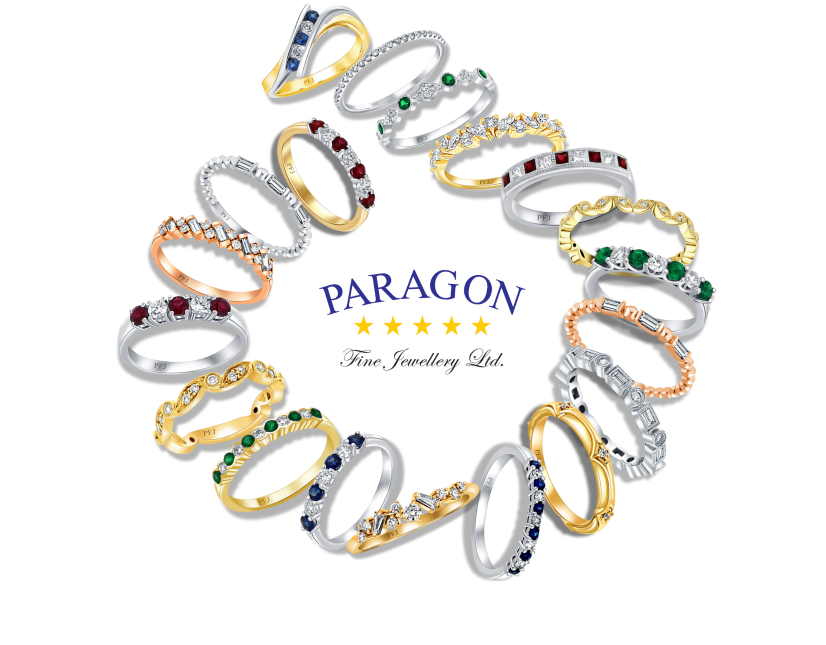Seal up your shipping practices to avoid preventable losses
Preparing for successful shipments

Jewellery businesses in all categories vary in size and scope, from home-based operations to large-scale and multi-location enterprises. In all cases, however, defining a structured shipping process can significantly decrease shipping-related losses. By taking steps to guard against theft, damage, and errors, you can increase the likelihood of shipments arriving on time and intact.
The first step to safe shipping is to review your insurance policy to verify you have the shipping insurance you need, including coverage for your particular shipping methods and appropriate and adequate limits for the value of the items you’re shipping. Jewellers block insurance policies often have standard shipping limits that may or may not be sufficient for the scale of your business’s shipments. A knowledgeable jewellers block insurance broker can help assess your shipping risks and work with your insurance provider to find the right coverage for your needs.
Jewellery businesses can amend the terms of their jewellers block shipping coverage by requesting an endorsement—that’s insurance lingo for a modification—to the policy. This endorsement can be a temporary or permanent change in the limits of coverage. In some instances, the endorsement may involve establishing limits of coverage for specified shipping carriers and in others, it won’t. In any case, it is critical jewellery businesses always use the specified shipping carrier and method for which there is coverage under their respective insurance policies.
Maintaining accurate and complete inventory records is one of the best practices any jewellery business can adopt to help protect the operation from loss. Likewise, it is a good business practice to log all shipments, noting the recipient, merchandise details, value, and the shipping carrier used for each shipment.
In the event of a claim, it is common for insurance companies to request the following documentation:
- An itemized list of missing jewellery property;
- A signed statement from a principal in your firm describing the loss;
- Copies of the original invoices or memo agreements to substantiate the cost of the items; and
- Copies of all shipping documentation.
Some jewellers have helped facilitate their shipping claims process by submitting photos of damaged packages they received or videos of their shipping and receiving procedures recorded in their shipping area. Though typically not required, this kind of supporting evidence can be extremely helpful in resolving a claim in a timely manner.
Choose your carrier wisely
Most insurers understand that larger wholesale and manufacturing operations may need to have special service agreements with specific shipping vendors due to the volume of shipments those jewellery businesses send. For medium- to small-scale operations, scheduled pickup at a jeweller’s operation by the shipping carrier’s personnel is allowed, though not recommended.
Whenever practical, the more secure alternative is for the jeweller to deliver his/her shipments to the carrier’s service centre. Do not discuss the contents of the package or the nature of your business with the shipping carrier’s personnel and never, under any circumstances, use a drop box.
Additionally, regardless of the shipping carrier, you should always request a signature to confirm receipt of the jewellery package. Shipping coverage generally ends when a signature is obtained and the recipient takes possession of the package.







